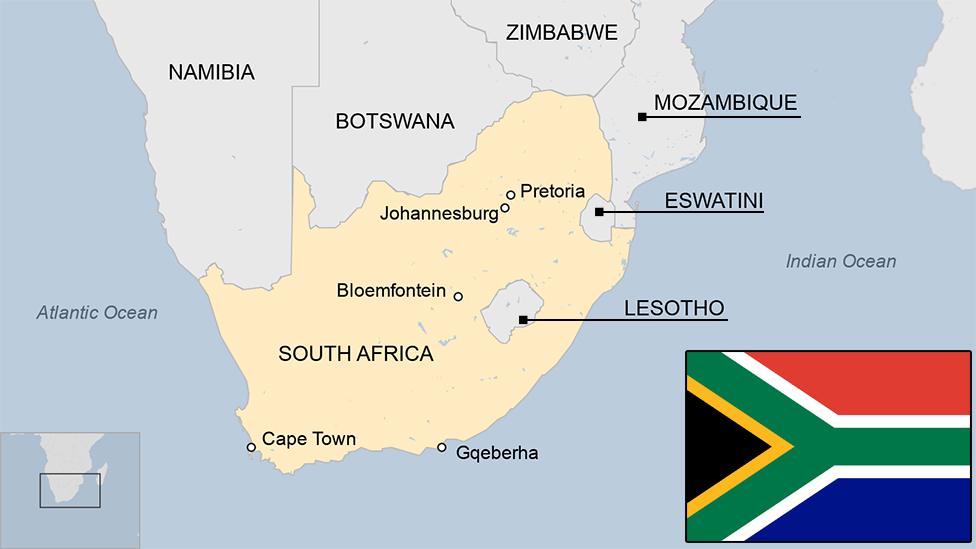Eswatini country profile
- Published
This page is no longer being updated. It was last updated on 12 April 2023
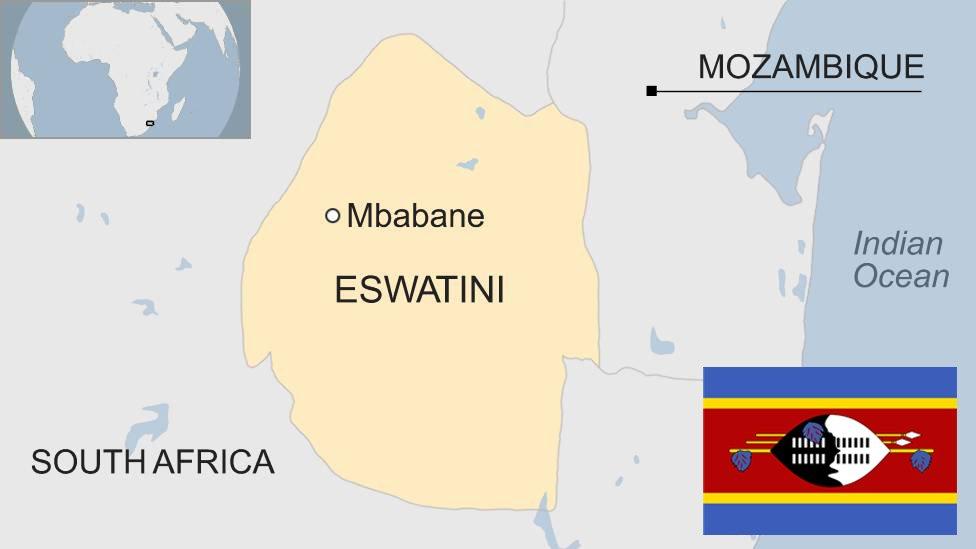
The kingdom of Eswatini is one of the world's last remaining absolute monarchies. The king rules by decree over his million subjects, most of whom live in the countryside and follow traditional ways of life.
In 2018, the country, until then known as Swaziland, was renamed Eswatini.
Eswatini has had the highest HIV prevalence rate in the world The virus has killed countless Swazis and left thousands of orphans. By 2022, the country was making considerable progress in epidemic control, but the impact of HIV on the country has been significant.
The country and the Swazi take their names from Mswati II, the 19th-Century king under whose rule the country was expanded and unified.
Read more country profiles, external - Profiles by BBC Monitoring, external
KINGDOM OF ESWATINI: FACTS
Capital: Mbabane (executive) Lobamba (legislative)
Area: 17,364 sq km
Population: 1.1 million
Languages: Swazi, English
Life expectancy: 56 years (men) 64 years (women)
LEADER
King: Mswati III
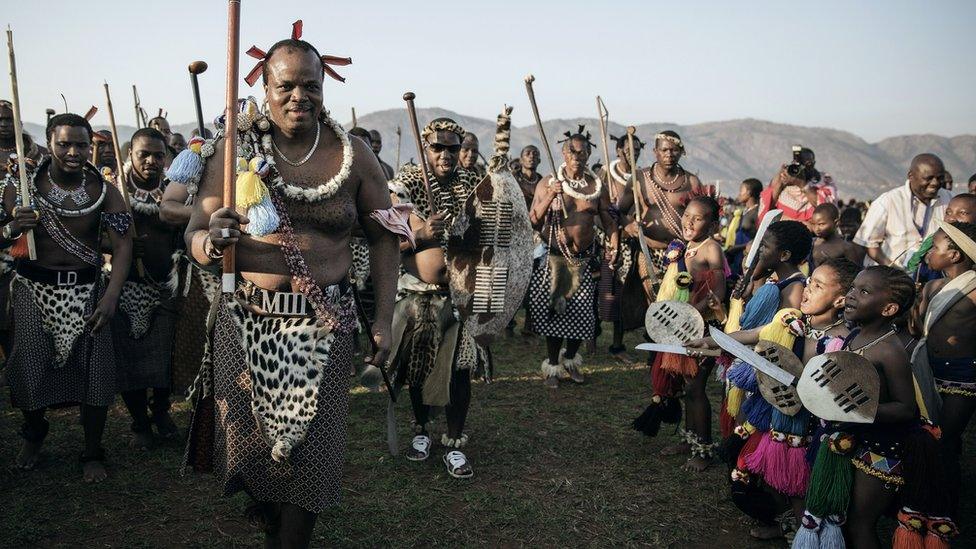
King Mswati III was crowned in 1986 at the age of 18, succeeding his long-serving father King Sobhuza II, who died at the age of 82.
The king, who is known as Ngweyama - "the lion" - often appears in public in traditional dress and has many wives.
He rules by decree and has been criticised for the heavy-handed treatment of opponents and for his demands on public money.
Protesters angered by economic decline have become increasingly vocal in demanding political reform.
MEDIA
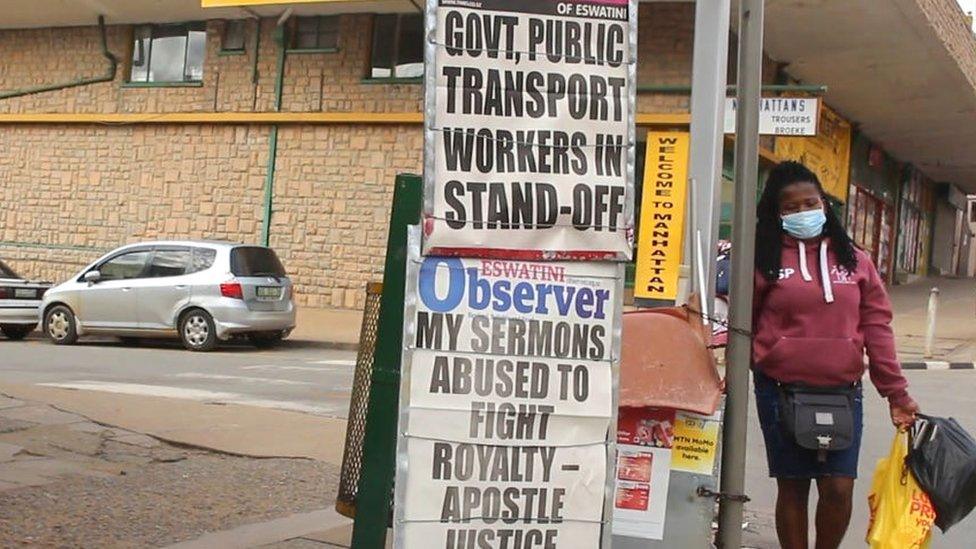
The government exercises total control over the broadcast media, including the only privately owned TV channel, which belongs to the royal family. Almost all media outlets are controlled, directly or indirectly by the monarch.
Journalists are liable to be prosecuted for criticising the government.
TIMELINE
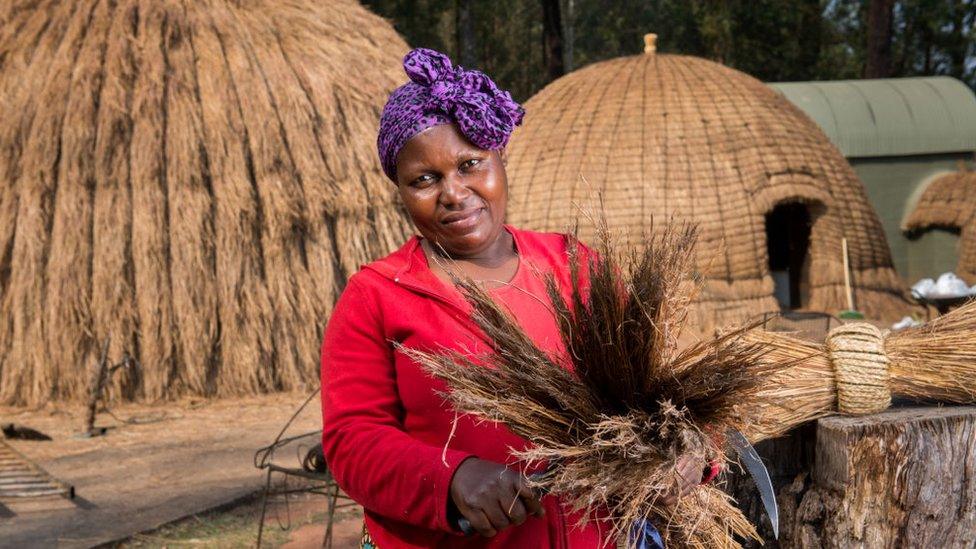
A woman makes a traditional beehive hut at a wildlife sanctuary in Eswatini
Some key dates in Eswatini's history:
18th-19th Centuries - Swazis settle in the area.
1881 - UK signs a convention recognising Swazi independence, also recognised in the London Convention of 1884.
1894 - Swaziland placed under the South African Republic as a protectorate.
1899-1902 - Second Boer War.
1903-06 - Swaziland becomes a British High Commission Territory, along with Basutoland (now Lesotho) and Bechuanaland (now Botswana).
1921 - King Sobhuza II succeeds to the throne,
1964 - Swaziland's first constitution; King Sobhuza establishes a political party, the Imbokodvo National Movement (INM).
1968 - Swaziland is granted formal independence within the Commonwealth and adopts a new constitution. Authority is vested in the new parliament, a proportion of the members are nominated by the monarch.
1973 - King Sobhuza suspends the constitution and bans political parties.
1982 - King Sobhuza dies.
1982 - Queen Mother Dzeliwe is authorised to act as Regent until Prince Makhosetive reaches 21.
1983 - Queen Regent Dzeliwe is deposed. Queen Ntombi, Prince Makhosetive's mother, is made regent.
1986 - Prince Makhosetive is crowned King Mswati III.
2007 - Thousands protest in the commercial capital Manzini to press for democratic reforms.
2014 - Swaziland appears to be stemming the pace of new infections of HIV/Aids, the UN reports.
2018 - King Mswati announces Swaziland is changing its name to Eswatini.
2021 - Pro-democracy protests across the country as a result of anger over decades without of meaningful political reforms spark riots, looting and skirmishes with police and soldiers.
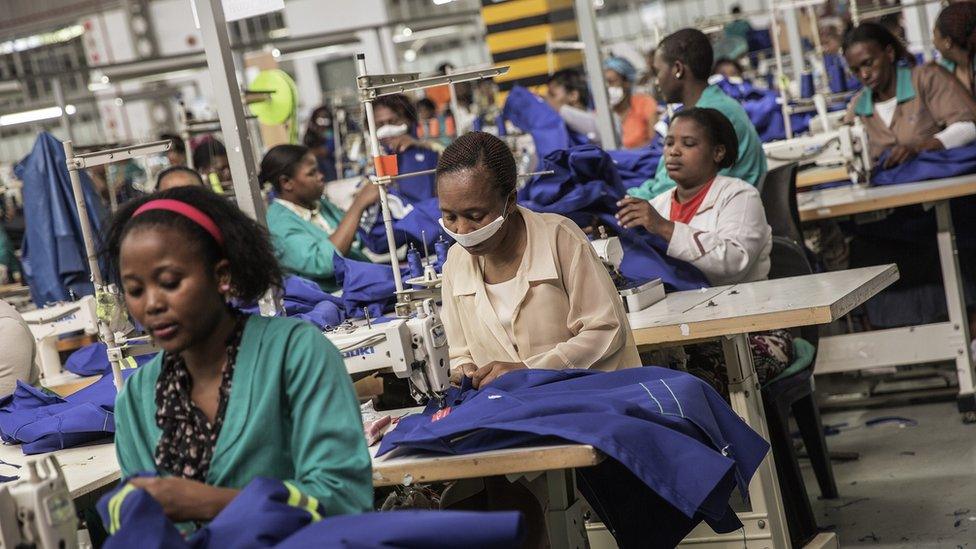
The Swazi textile industry lost preferential access to US markets in 2015 because of human rights concerns
- Published11 November 2024
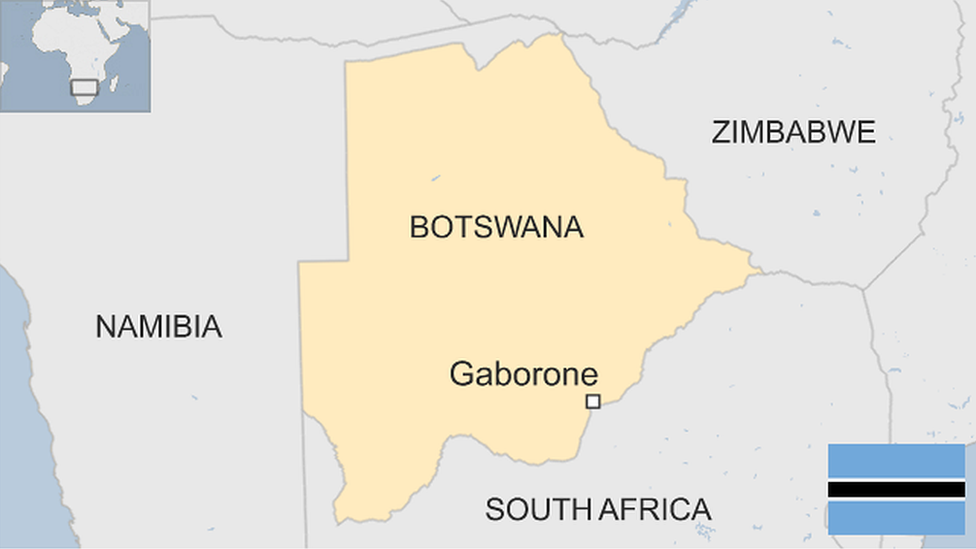
- Published30 August 2023
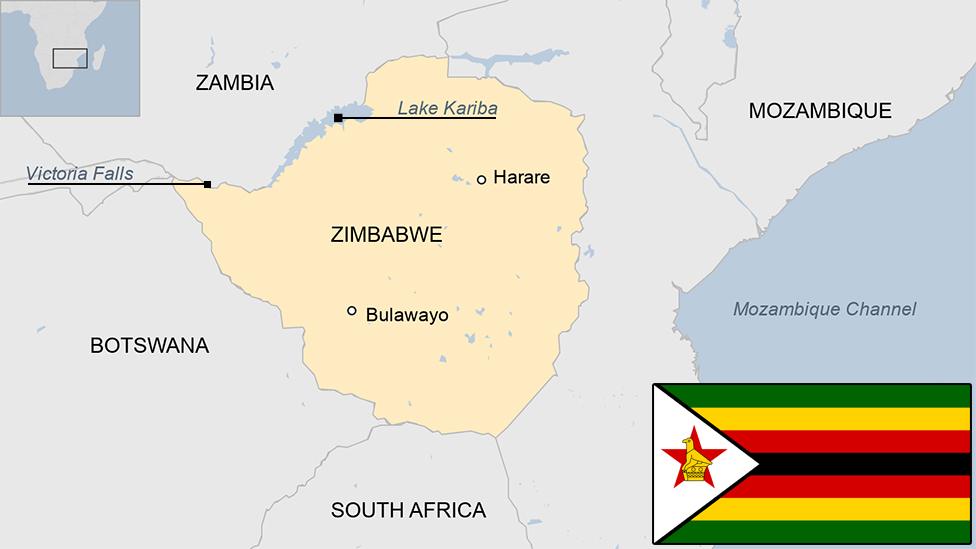
- Published25 October 2024
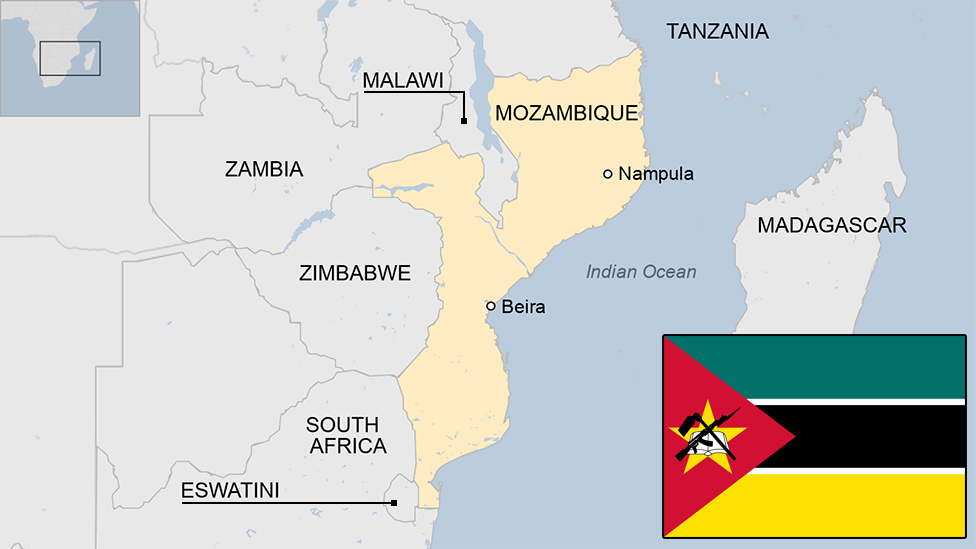
- Published24 July 2023
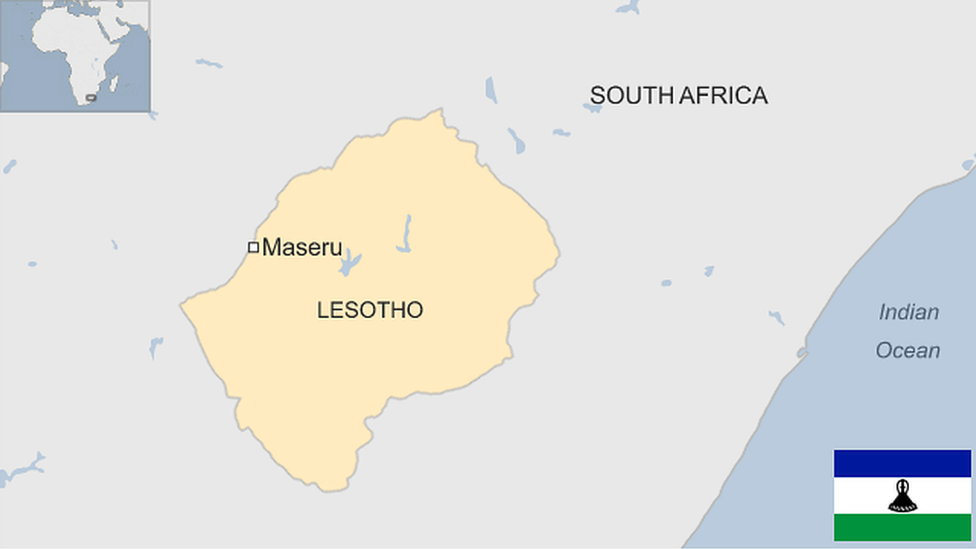
- Published9 July 2024
